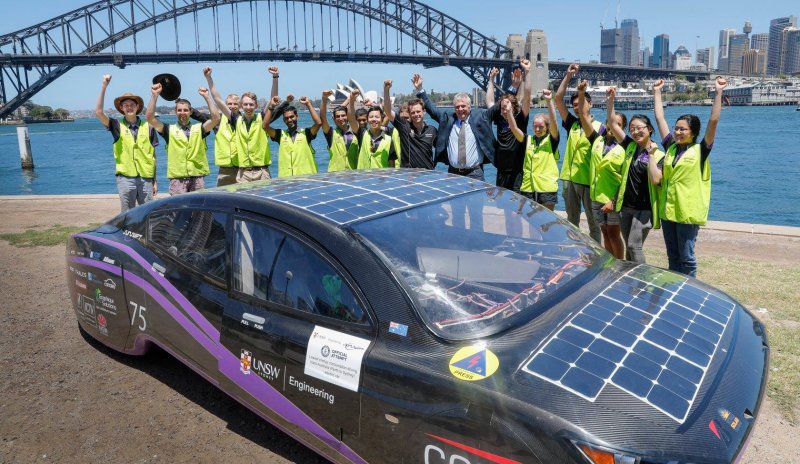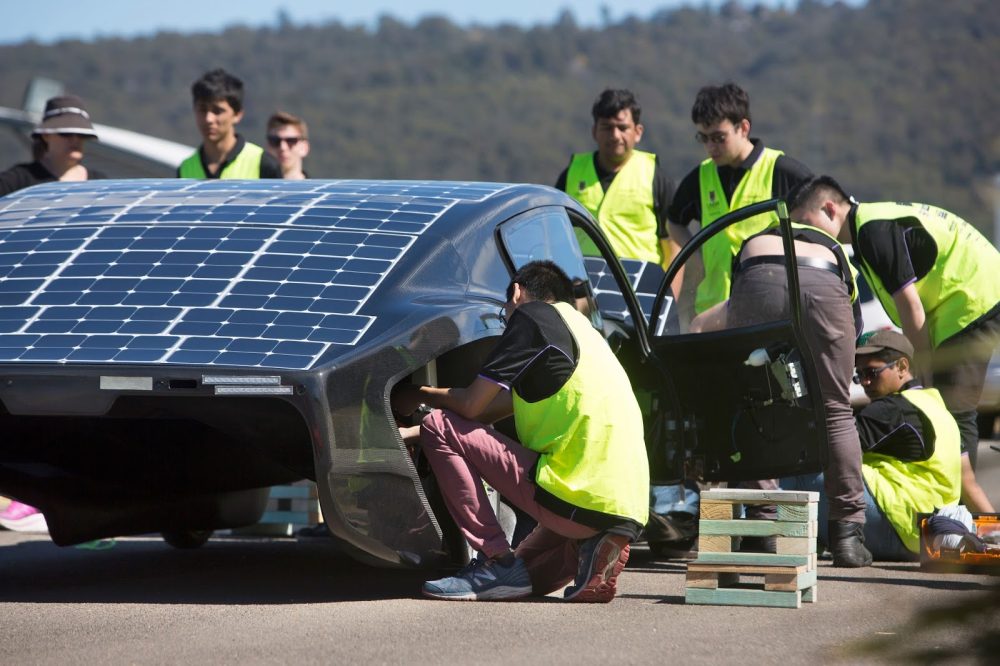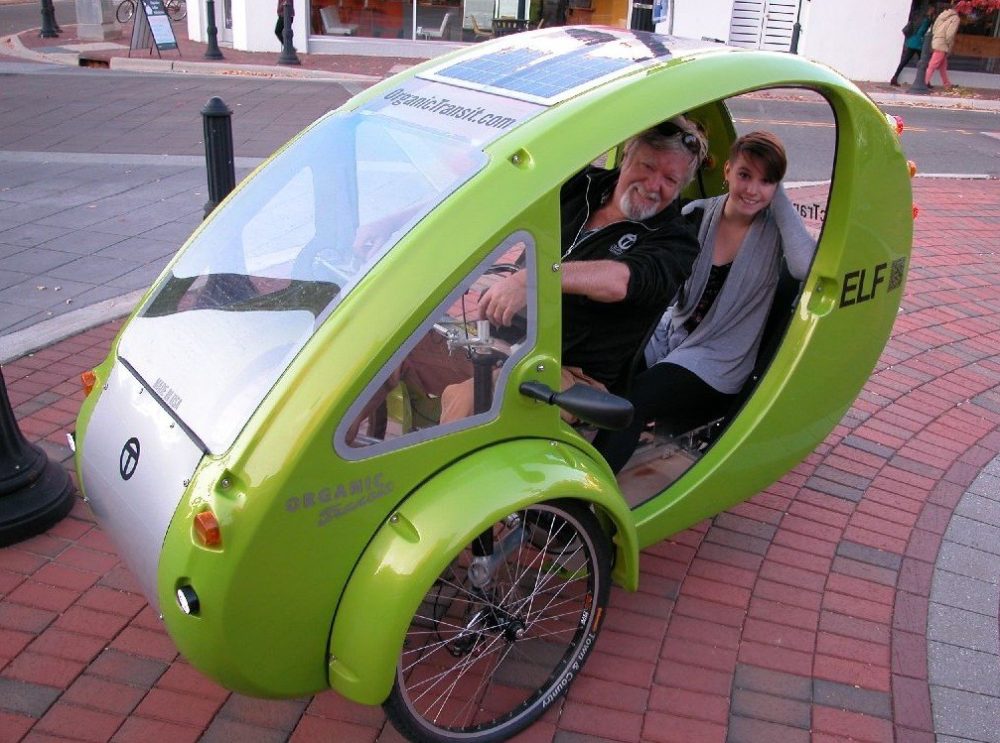
A team from the University of NSW just obliterated the previous solar-powered car efficiency record. The students crossed Australia from Perth to Sydney on just $50 worth of electricity.
Record setting solar-powered car
UNSW (University of New South Wales) students on the Sunswift team built the solar-powered electric car with the goal of breaking the previous 5.5 kWh/100 km record.
They ended up blowing well past their goal, using just 3.25 kWh/100 km. That’s around 25 times more efficient than an average car in the US (at 25 MPGe) and nearly 5 times more efficient than a Tesla Model 3 (at 170 MPG).
The solar-powered car, affectionately named ‘Violet’ by the team, traveled the 4,100 km (2,550 miles) in 6 days, averaging around 600 km (370 mi) and 20-24 kWh per day. Not too shabby considering the on-board storage battery is only rated for 10-20 kWh and the team charged solely by solar power.
To put that in perspective, I’ve paid more for a single tank of gas than the cost of electricity used by this car to cross an entire continent.

The team faced an uphill battle to achieve their record, according to Create Digital. Obstacles along the journey included both a battery fire and a rear suspension failure, making the feat even more impressive. Yet despite the setbacks, the team reached the finish line 2 days ahead of schedule.
According to the mechanical team leader and mechanical engineering student Courtney Morris:
“It’s always so nerve-racking to see the car that you built with your own hands on the road. I’m always afraid that something could change at any moment, but it all went pretty well and the team dynamic was great.”
Of course this isn’t the UNSW team’s first electric or solar-powered car. Violet is the sixth generation vehicle produced by the student team. This generation of vehicle was designed to be the most practical yet.
The solar-powered car eschews previous wedge and sliver-shaped solar-powered race car designs in favor of a more standard sedan-style with four doors. Violet even includes a front and rear trunk, interactive screen controls, parking sensor aids and a backup camera. That last feature is pretty important – considering the solar-powered car lacks a conventional rear window which would hog valuable solar panel space.

The car itself is built on a carbon fiber chassis to save weight. The entire vehicle weighs just 360 kg (794 lb) without a driver. It features 318 mono-crystalline photovoltaic cells covering 5 square meters (54 square feet) of the hood, roof and trunk lid. And these aren’t your standard Amazon solar panels. Violet’s cells are rated with an efficiency of approximately 22%.
Power is provided by two rear-wheel hub motors that propel the solar-powered car to a maximum of 140 km/h (87 mph). The car generally cruises a bit slower though for higher efficiency. As the team likes to illustrate:
“When Violet is coasting at 60km/h, she uses the same amount of energy as a 4 slice toaster.”
A bright future in solar-powered cars
Advancements in the solar-powered vehicle industry are constantly developing, and not only limited to cars. Solar powered electric bicycle races covering well over 10,000 km are demonstrating the capability of high-efficiency panels and low consumption vehicles.
Solar powered pedal cars such as the PEBL and ELF are capable of recharging themselves in just a day or two of good sunlight, meaning recharging from the grid could become nearly unnecessary for many users.

And conventional cars are getting into the solar game too. Hyundai and Kia unveiled solar cell-covered roofs on their own electric vehicles that can help trickle charge those vehicles’ batteries…or at least keep the vampire drain at bay.
While you aren’t likely to see large numbers of solar-powered cars on your local streets soon, recent advancements bode well for the future of solar-powered transportation.
What do you think about the future of solar-powered cars? Let us know in the comments below…
Source : electrek.co







